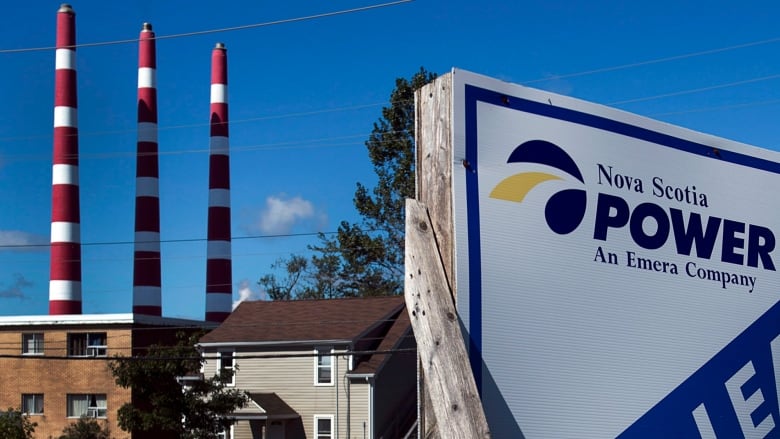Nova Scotia Power intends to introduce new 'time-varying' electricity rate plans
Plans could help decrease power bills, but wouldn't address energy poverty, expert says

As early as next winter, Nova Scotians could have more choice in the way they're charged for electricity usage.
Nova Scotia Power has been previewing two possible new "time-varying" rate plans over the past three years.
Nova Scotians participating in a time-of-use program have weekdays from November to March split into peak hours 7 a.m. to 11 a.m. and 5 p.m. to 9 p.m. and off-peak hours. Power is more expensive during the peak periods.
The second plan aims to reduce the strain on the electrical grid during "critical peak" events where there's a very high amount of power usage and potentially challenging weather conditions.
During the winter, Nova Scotia Power can announce up to 18 critical peak events of four hours each when electricity prices for plan participants would be about 10 times higher than usual.
However, the usual power rate outside of those events is lower than the current standard domestic rate. Customers receive a notification by 4 p.m. the day before the "critical peak" through email or text message.
"The customers that are signing up [for these programs] are actually modifying their behaviour," said Jamie Chipp, a director with the utility. He said people on the time-of-use plan have saved an average of $93 a year while those on the second plan have saved an average of $376.
A recent report from non-profit EfficiencyOne estimated that 43 per cent of Nova Scotia households are experiencing energy poverty when people struggle to pay their energy bills while maintaining a basic standard of living.
Time-varying rate plans are "not the solution to energy poverty," said Karen Palmer, a U.S.-based researcher who's been studying electricity regulation for over three decades. At the same time, she saidthere is evidence that, alongside customer behaviour changes andtechnology, these planscan help people save money.
For example, programmable or smartthermostats andtimers for electric water heaters can be used to take advantage of lower-rate periods.
A report submitted by Nova Scotia Power to the Nova Scotia Utility and Review Board in July said that if the time-of-use program was applied to all domestic rate customers, the majority would see a decrease in their power bill.
Time-varying plans have been growing in popularity, Palmer said, in part because of increasing reliance on sources of power like wind and solar thatcan vary in their availability.
"One way to encourage people to make a decision to consume energy when renewables are abundant is to make them more responsive to those prices," she said. When renewable energy is abundant, wholesale prices tend to be low.
Utilities in Ontario and Quebec have implemented similar rate structures.Chipp said there are about 2,000 residential customers participating in the time-of-use trial and about 1,000 on the critical peak plan.
Chipp said Nova Scotia Power is set to begin discussions with regulators on how they can make these programs permanent.












_(720p).jpg)


 OFFICIAL HD MUSIC VIDEO.jpg)
.jpg)



























































































